Without a lighting designer, developing an interior design project is like going to a restaurant and ordering only the bread. Although the bread is fantastic, there are a lot more delicious foods that you are skipping. A space gains new depth through expertly positioned lighting, bringing an interior design idea to life.
Excellent lighting adds height and depth, illuminates comfortable spaces, and highlights your most striking features. The right amount of light and shade is crucial for revitalising a room’s atmosphere. It wouldn’t be appropriate for an architect or interior designer to just sketch a grid of downlights into their blueprints for your home. You may optimise the impact of your area by hiring lighting professionals to collaborate with your interior designer or architect.
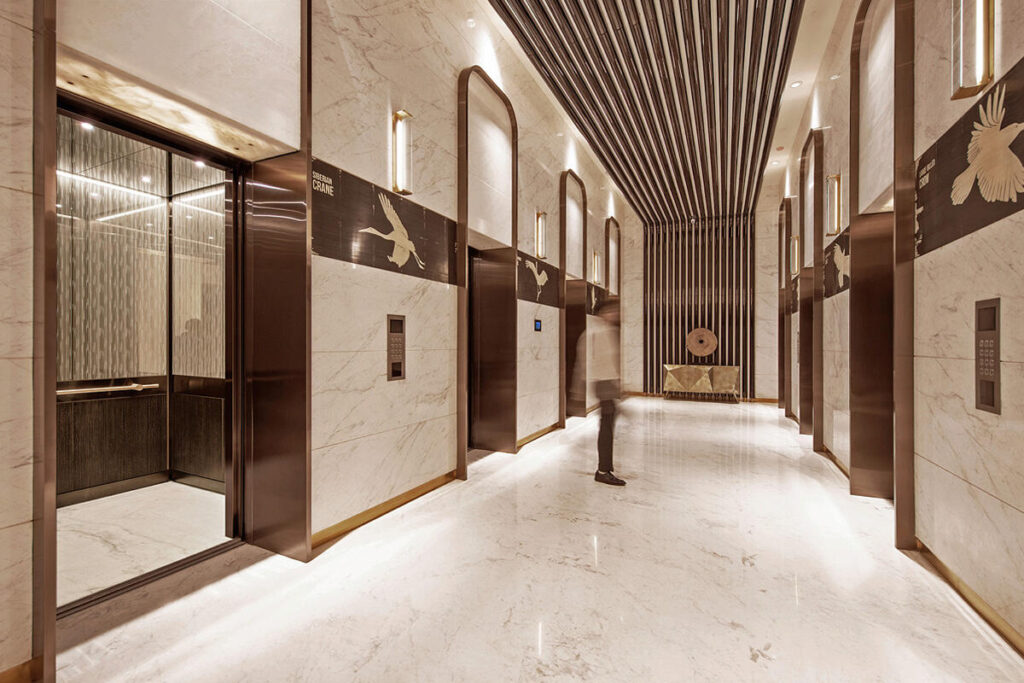
What role does lighting play in interior design?
The design’s lighting is just as crucial as its other components. A space is altered and transformed by good lighting. We employ light and shade to create a space that is both cosy and striking. Let’s imagine we want to draw attention to a picture on a wall. To do this, we need to downlight the painting while also creating a darker region surrounding it.
In order to provide significant depth and intrigue to each space, we expertly combine downlights, uplights, wall lights, floor lights, hidden lights, feature lights, integrated architectural lighting, pendants, and lamps. We employ several approaches to address various problems. Pole spring downlights with a narrow beam can be used to highlight specific features, like an occasional table with flowers; however, they are usually combined with other highlighting techniques. Different techniques will be used to light a lovely curtain fabric than to create focused, bright areas for activities like cooking, reading, or working at a desk.
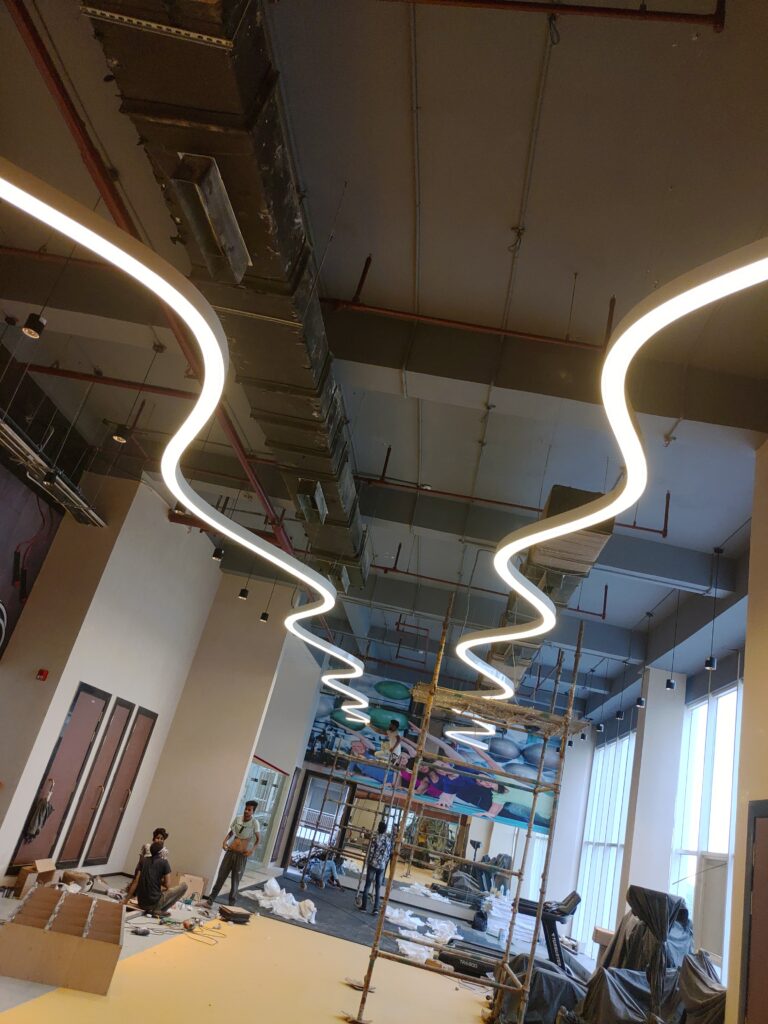
How does natural light affect interior design?
For all designers, daylight is a critical consideration. The amount of daylight that penetrates each room that interior designers and lighting designers work on will be monitored since it will affect how everything is placed. It is equally essential as artificial lighting. Light will flood into a living area with large windows, giving it a feeling of brightness and openness. So we consider how to work with the artificial light and provide several possibilities throughout the day. Different lighting will be needed for different situations, such as a dreary afternoon in London and a bright, sunny morning in Dubai.
There is still a place for architectural lighting when there is daylight. Use it to illuminate dim areas of shelving, brighten a work environment, or draw attention to artwork. LED linear strips will add warmth to the joinery and focal points in your space and may be required to soften and add focus to natural light. The goal is to use a blend of natural and artificial light to control lighting options at various times of the day. To get the best outcomes, we can have pre-set selections on a switch pad.
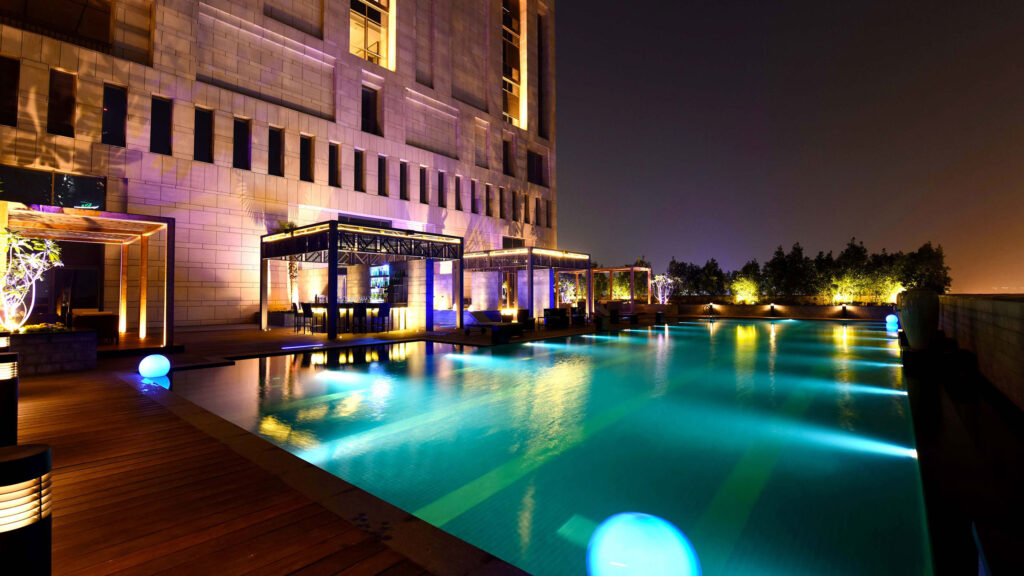
How does synthetic lighting affect interior design?
We use artificial light to highlight particular characteristics in an area because it stimulates our sense of sight and because we are naturally drawn to the brightest place in a room. These could be flowers on a dining table or kitchen island, which we will emphasise. Additionally, in order to extend the viewpoint, we shall focus on the room’s margins. Using perimeter lights, we may create reflected light off vertical surfaces like cupboards to bring soft light to them.
It’s also important to have the proper task lighting so you can see what’s in the cabinets, pour a drink, or prepare a meal. The use of diffused light creates a cosy atmosphere. Brightness, dramatic moments, layers, and depth can all be added by a well-planned, diversified artificial lighting scheme.
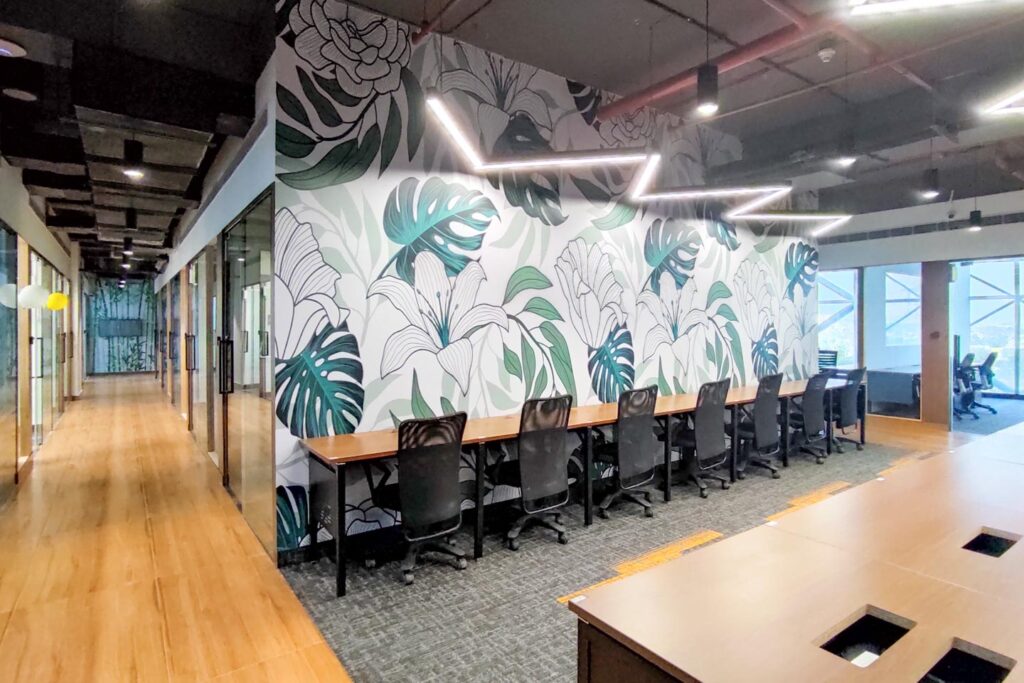
What does ornamental lighting mean for interior design?
A room can be enhanced with decorative lighting, such as a striking chandelier, intriguing wall light, or feature lamp. Although a large, attractive pendant over a table may catch our attention, the quality of the light will actually be improved by a couple of downlights on either side.
A professional lighting designer would integrate architectural lighting with decorative lighting for the best results. Decorative lighting is crucial. You may just turn on the decorative lighting for some soft late-afternoon cosiness while you watch TV, read a book beneath a lovely lamp, or sip an aperitif. You’ll require a more extensive arrangement of lights at other times.
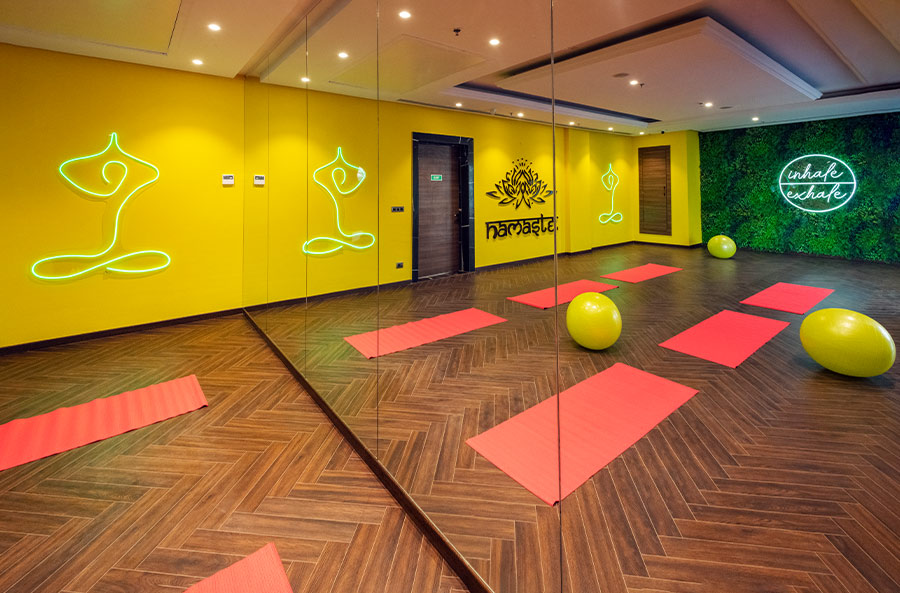
In terms of interior design, what is architectural lighting?
Architectural lighting includes several types of hidden lights that are integrated into the structure or joinery. The tools we use to make a room interesting—downlights, uplights, LED strip lights, floor washers, etc.—often blend in with the architecture. They are employed for both highlighting content and general illumination. This light creates depth, focal points, and several layers of illumination across the space when it is incorporated into joinery like shelving, cabinets, or architectural coffers.
You might find interesting plaster work or decorative columns in an older home that could be emphasised with architectural lighting. Architectural lighting can also be used to guide your gaze through rooms and upstairs, through a hallway, or into an adjacent room. You can frame your view by placing a few uplights on the window sills or close to the entryway.
Outside, architectural lighting is also an option. Trees are illuminated in a new way by spike lights, and textured walls can be seen from a different angle with uplights. These exterior architectural lights lead your gaze outside of the glass of your living area, giving the room more dimension.
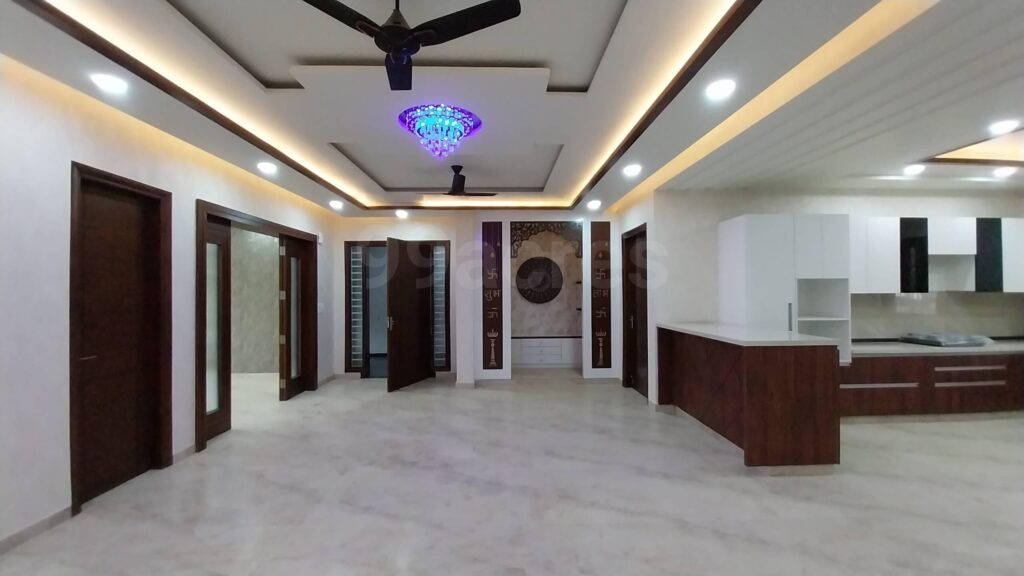
How do you get the ideal balance of architectural and decorative lighting in your home design?
Architectural and ornamental lighting will always be combined to create an effective and adaptable lighting plan. Our responsibility is to examine your plans or space, experiment with concepts, and then plan layers of light to produce a balance of light in the area. A harmonious balance of ambient light, accent light, and architectural lighting is what we’re after.
Hidden lighting features are frequently used to create a stunning effect. Returning to the kitchen, placing an LED strip underneath the island adds drama and layering, even if you already have downlights above it. Even though it only provides modest illumination, this little method will change the room’s ambience at night. A table with a bench is another example.
By adding an LED strip to the back of the banquette to uplight the walls behind it, you may change the ambience and give the sense that the room is larger. Without lighting, a coffer will likely go unnoticed, but by adding an LED strip, you can uplight the ceiling. Due to the ceiling glow’s ability to bounce light back into the room, it also feels significantly brighter overall.
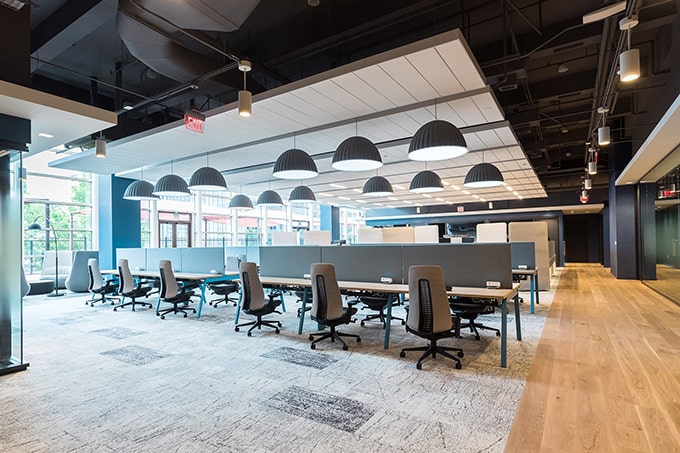
For my interior design project, what kind of lighting do I need?
We currently use LED lights; however, the quality of each individual light has a significant impact on the room. We constantly consider the uniformity and quality of colour temperature. For us, the most natural light will be provided by a high-quality fixture with a CRI (colour rendering index) above 90. The CRI number represents how accurately the light reproduces the actual colour of the object you are emphasising. When illuminated with a high CRI light, reds, deep blues, and deep greens look significantly more accurate.
When using a few downlights in a room, especially one with white or neutral walls, it’s important to maintain uniformity in the colour temperature of all the lights. Kelvins are used to measure this. Decorative lighting such as table lamps, wall lights, and pendants perform better with a warmer colour of light, or 2,400K, whereas architectural lighting might have a somewhat cooler colour of light, or 2,700 K. Our task is to establish harmony. You might use uplights and ceiling lights that are 2700K while using 2,400K for your decorative lighting. If so, the LED strips inside the joinery may have a colour warmth that is similar to your decorative lighting.
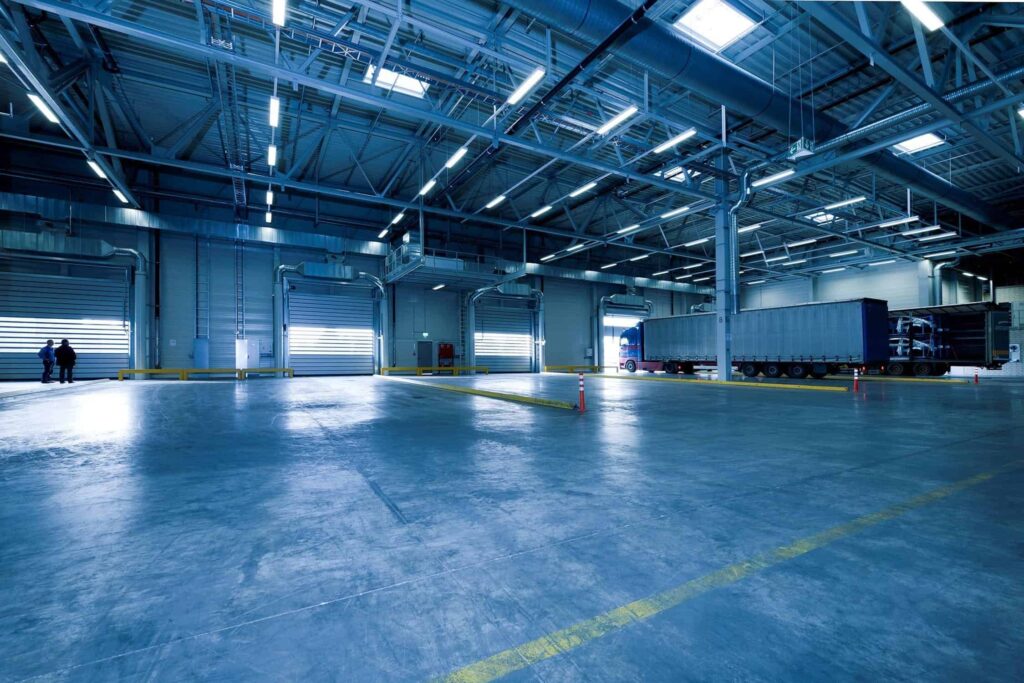
When ought one to employ a lighting designer?
Call the lighting designers as soon as you and your interior designer or architect create a plan with furniture placement. Working with an interior designer or architect will help ensure that fittings are thoroughly incorporated into the finished design, which will strengthen your project. We occasionally collaborate with a project manager on bigger projects. The earlier we are involved, the fewer changes will need to be made later. We want to provide the best result for your area.
See how our lighting design service can change your project by reading more about it.
